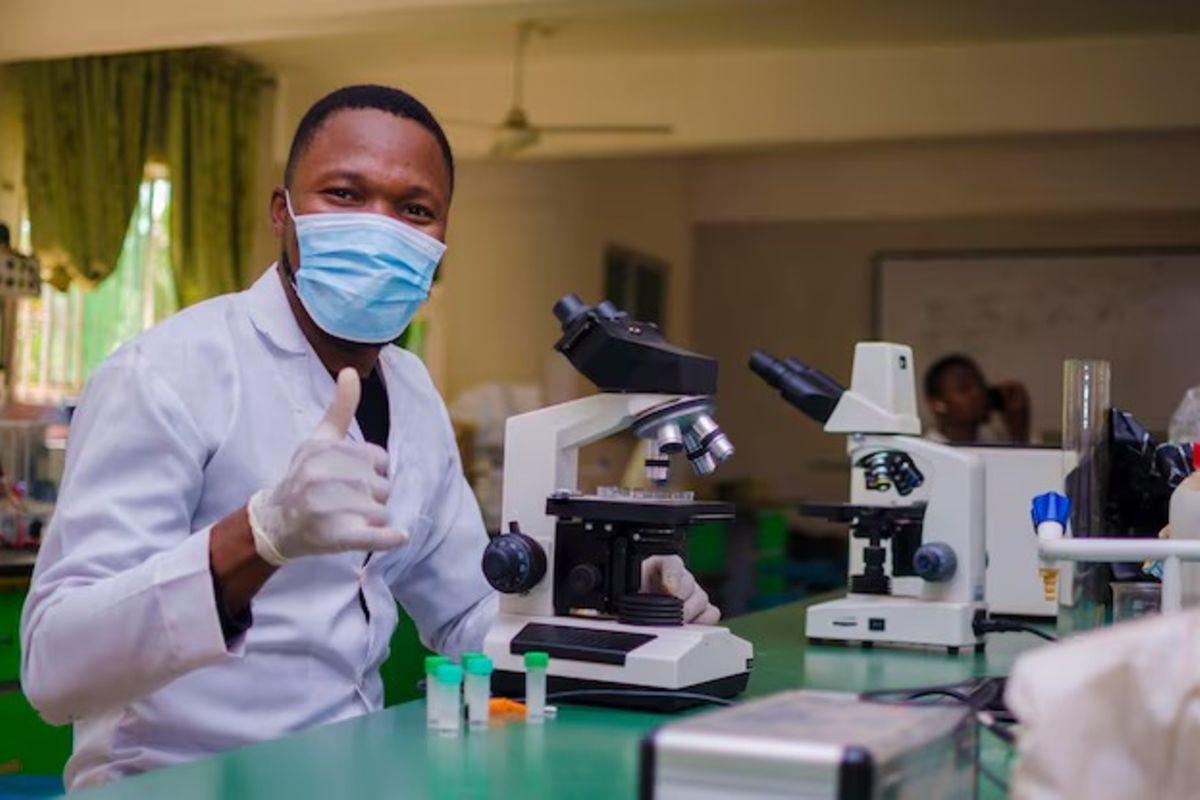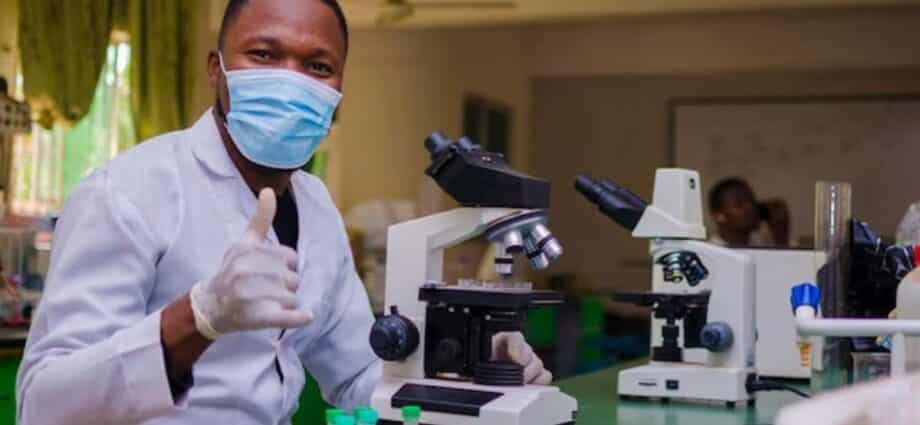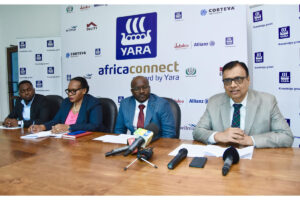
There’s been a global trend in the reduction of aid to Africa since 2018. Donors are shifting their funding priorities in response to domestic and international agendas. Germany, France and Norway, for instance, have all reduced their aid to Africa in the past five years. And, in 2020, the UK government reduced its Overseas Development Aid from 0.7 percent of gross national income to 0.5 percent.
Many health services across the African continent rely heavily on overseas aid to provide essential care. International funding supports everything from vaccines and HIV treatment to maternal health programmes.
Cuts to aid, particularly unilateral ones, can have widespread implications. For instance, about 72 million people missed out on treatment for neglected tropical diseases between 2021 and 2022 due to UK aid cuts.
The freeze of US aid to Africa in January 2025 is the latest in this trend. It’s already having significant and wide-ranging impacts across the African continent. For example, vaccination campaigns for polio eradication and HIV/Aids treatment through the President’s Emergency Plan for AIDS Relief (Pepfar) have been stopped. This puts millions of lives at risk. In South Africa alone, the cut of Pepfar’s $400 million a year to HIV programmes risks patients defaulting on treatment, infection rates going up and eventually a rise in deaths.
President Donald Trump’s actions have highlighted Africa’s reliance on foreign aid for health funding. I’m a global health expert who sits on various funding and advisory boards, including those of the World Health Organization (WHO), the UK government and boards of global resource mobilisation organisations. I am well aware of the competing funding priorities for international funders and have long advocated for local, sustainable health funding mechanisms.
Long-term strategies to reduce aid dependency are critical. Breaking away from this current funding status requires concerted efforts building on proven best practice.
Country-leadership and ownership
African countries currently face the unique challenge of simultaneously dealing with high rates of communicable diseases, such as malaria and HIV/Aids, and rising levels of non-communicable diseases, such as cardiovascular diseases and diabetes.
But Africa’s health systems are not sufficiently resourced. They’re not able to provide appropriate, accessible and affordable healthcare to address these challenges.
African governments spend less than 10 percent of their GDP on health, amounting to capital expenditure of $4.5 billion. This falls short of the estimated $26 billion annual investment needed to meet evolving health needs.
Aid goes towards filling this funding gap. For example, in 2021, half of sub-Saharan African countries relied on external financing, such as grants and loans, for more than one-third of their health expenditures. Foreign aid has helped. But it clearly leaves African countries vulnerable to the political mood swings among funders.
It also leads to loss of self-determination in terms of health priorities as, ultimately, the funder determines the health priorities. This is one reason why many programmes in Africa focus on a single disease, such as HIV. This leads to poorly integrated health services. For instance health workers or services are channelled into managing a single disease.
New, underutilised financing options
The current trajectory of reduced aid to Africa is likely to continue. Global aid is being directed to other challenges, such as conflict and illegal immigration.
The continent cannot continue on the same path while hoping for different outcomes. Africa needs to grow a range of immediately available domestic financing options. Many of these are underutilised and include:
1) Diversifying domestic resource mobilisation. This should include commodity taxation to fund health. For instance, tobacco taxes which are currently underutilised in Africa.
Zimbabwe offers a successful example. It has bridged donor resource gaps through its 3 percent Aids levy (started in 1999). Imposed on both individual and corporate incomes, it funds domestic HIV/Aids prevention, care and treatment programmes.
Nigeria’s another country that’s taken initiative, prioritising domestic budget allocation to health. It recently absorbed the 28,000 healthworkers formerly paid by USAid. This demonstrates that domestic health financing in Africa is possible.
2) More private-public partnerships. Formed between local and international philanthropies or institutions, these can bridge financing gaps.
One successful example is the 2015 health service provision partnership between the Kenyan government and GE Healthcare. GE Healthcare provides radiography equipment and services which the government pays for over time. This allows the government to budget and plan healthcare expenditure over several years.
3) Promotion of regional integration to boost local production. This will reduce the need for aid-funded imported medical products.
For instance, the African Union’s harmonised Africa Medicines Authority registration facility creates a single continental market for medicines. This supports local producers and exporters, by allowing them to operate on a larger scale. It also makes production and distribution more cost-effective. Finally, it reduces the reliance on imported medicines, strengthening Africa’s pharmaceutical industry.
4) Leverage development finance institutions. These are specialised financial organisations – such as the Africa Development Bank, African Export-Import Bank and the Development Bank of Southern Africa. They can provide capital and expertise to projects deemed too risky for traditional investors. This includes support for health financing for infrastructure development, private sector development for small and medium-sized enterprises and the regional integration.
One transformative initiative is the AfricInvest investment platform. With support from development finance institutions in the US and Europe, AfricInvest has raised over $100 million for health investment in Africa. It has funded at least 45 dialysis facilities in Africa, delivering over 130,000 dialysis sessions annually, primarily to remote and underserved communities all at affordable costs.
A combination of these approaches at national, regional and continental level will accelerate Africa’s withdrawal from aid dependency.
Francisca Mutapi is Professor in Global Health Infection and Immunity. and co-Director of the Global Health Academy, University of Edinburgh














